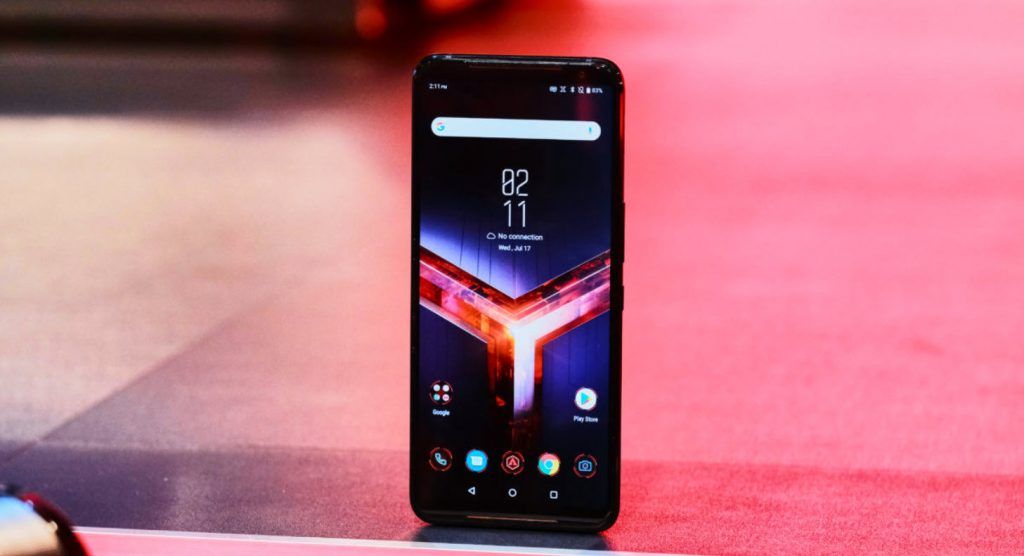Several smartphone makers are confirming that they are upgrading their display technology and phones like the upcoming Galaxy s20 Ultra and OnePlus 8 — will feature screens with a refresh rate of 120Hz. Current smartphones do less than 60Hz but a 90Hz or 120 Hz refresh rate should ensure that any device will be able to deliver much smoother animations.
A higher refresh rate will also ensures much smoother scrolling through the app drawer as well as web pages. In layman terms, refresh rate is the count of how many times the screen refreshes its image in one second. It is basically measured in Hertz (Hz). As I’ve said before, most smartphone displays have 60Hz refresh rate, or in other words, even if you are viewing a static image, your display is redrawing the same picture or is pushing the same frame 60 times every second. Now the aim is double that number to run at 120Hz.
OnePlus says that it worked with Samsung to develop the OLED screen for its upcoming smartphone, and that in addition it has done work on top of Android to improve animations (especially the core OS gestures) so they’ll look smoother at 120Hz.
OnePlus also intends to use a custom MEMC (motion estimation / motion compensation) chip to insert extra frames into videos to bring them up to 120Hz. It wouldn’t be completely inaccurate to call it motion smoothing for video on smartphones, though again we’d have to see whether it causes a “soap opera effect” in person before we called that a bad idea. MEMC will be able to be toggled on and off in settings.
Rog Phone 2 already has a 120Hz screen

The Samsung s20 or OnePlus 8 (or whatever they will be called) won’t be the first phones to hit 120Hz. The ROG Phone 2 and Razer Phone 2 both did that last year. Nor will it be the only Android phone that has a higher-than-60Hz refresh rate to come out this year. Samsung’s Galaxy S series, for example, is expected to feature 120Hz refresh rates when announced on February 11th. The challenges facing all of those phones will include compensating for the higher battery cost of a high-refresh rate screen and convincing customers the extra cost it worth the improved smoothness.
Users should be able to switch between 60Hz and 120Hz, but it may not be a variable refresh rate as Google has tried with the Pixel 4 (somewhat unsuccessfully) to do on the Pixel 4’s 90Hz screen. And while it may reduce the refresh rate in some cases when it’s not needed, it won’t be able match the refresh rate of, say, 24FPS video.
The problem with high refresh rates is that takes a toll on the battery life, so companies have been focused on optimizing for power consumption. It’s already an issue with 90Hz screens currently, so it’s going to be even more of a concern with 120Hz.


